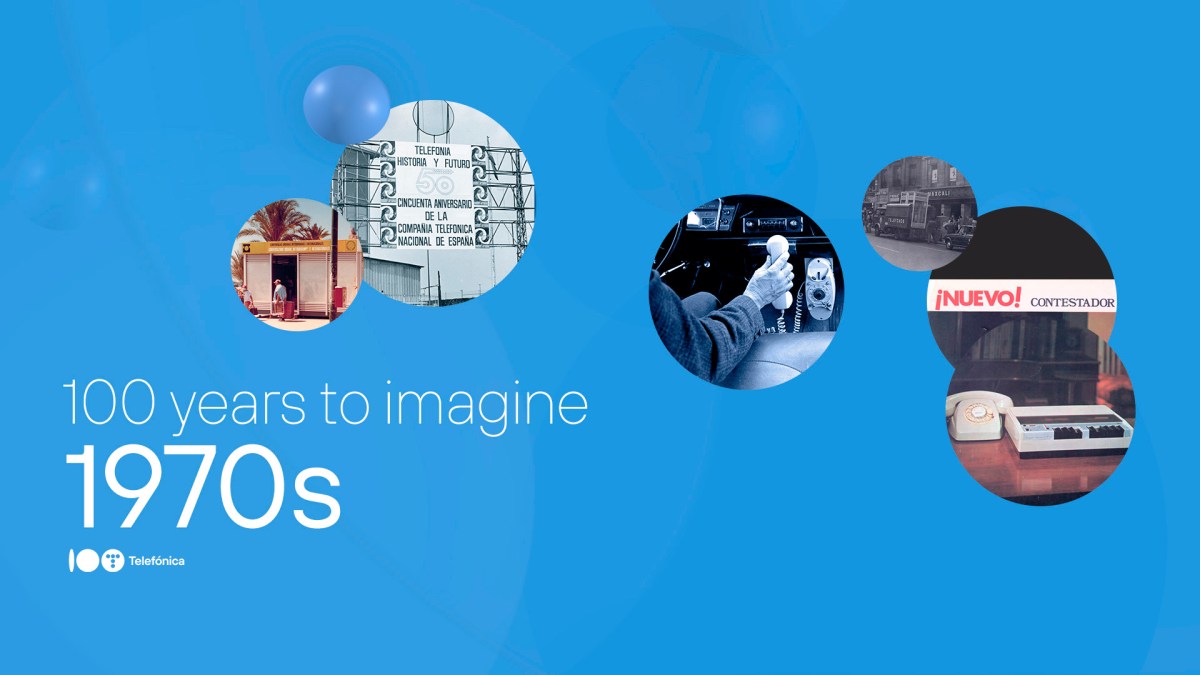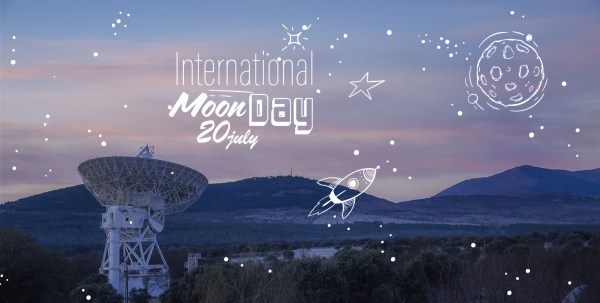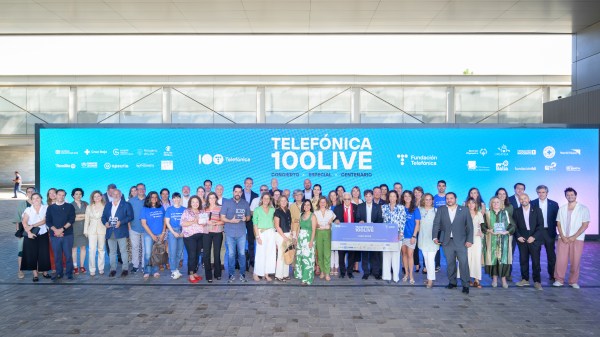The space race continues despite the fact that the greatest achievements took place in the 1960s, with the collaboration of Telefónica included. Two historic milestones were reached in 1971: the USSR launched Salyut 1, the first space station, and the United States succeeded in making the Mariner 9 probe the first to orbit another planet (specifically Mars).
In 1978, Czechoslovakian Vladimír Remek became the first cosmonaut who was neither American nor Soviet.
The decade was also marked by the 1973 oil crisis and technological advances such as the first mobile phone, the development of colour television, the advent of barcodes, the first floppy disks, the pocket calculator and the first e-mail.
1970: for the first time our networks carry data as well as voice
In 1970, the State decided to transfer all the shares of Entel (Empresa Nacional de Telecomunicación) to Telefónica. As stated on our centenary website, “it also entrusted Telefónica (a key point for the future) with the operation and development of the public data transmission service and the general and special services for the transmission of information (with the express exception of telegraph and telex messages)”.
One summer evening, on 10 August, there was a scare on Gran Vía: a fire destroyed a large part of the general archives in the basement of the emblematic building and some twenty operators had to be evacuated, although it is true that the rapid arrival of the fire brigade prevented the incident from escalating.
1971: We inaugurated the world’s first public packet-switched network
On 30 July of this year, Telefónica inaugurated the world’s first packet-switched network in Madrid, the same technology that today powers the Internet. In this challenge, two different technological worlds were united for the first time: the analogue (telephony) and the digital (computers).
In 1971, the year in which five million telephones were installed in Spain, submarine cables continued to be developed to boost communications with other territories, with the PENBAL II (between Gran Canaria and Conil in Cadiz) standing out, which together with the PENCAN I became the future axis of communication between Central and South America and Europe.
These communications helped the arrival of tourism, for which the beach-side call shops began to become popular, with facilities that were part of the holiday landscape in our country for many years.
1972: before the pager came the pagerphone
In this year a novelty arrived on the market: a device that revolutionised the way of alerting someone of something urgent, a predecessor of the pager.
The little device in question was called a pager and was capable of receiving short text messages via radio signals and alerting when they were received. It had a small screen, some circuitry and the aforementioned ability to vibrate or beep.
1973: new president in the year of ATAM’s birth
This year saw the birth of ATAM, an association that has been helping the children of employees with special needs since its inception, a source of pride for all ‘telephoners’.
In addition, there was a new change in the presidency: José Antonio González-Bueno became the fourth president of Telefónica.
The development of the submarine cable continued unstoppably: in 1973 BRACAN-I was inaugurated, linking the Canary Islands with the Brazilian city of Recife.
A new fire affected Telefónica, this time at its headquarters in Barcelona’s Plaza Catalunya in June: hundreds of workers had to be evacuated and almost 40,000 lines and 140 booths took days to recover service due to the magnitude of the incident.
1974: 50th anniversary and record number of telephonists hired
In the 50th anniversary year, Telefónica reached its maximum number of telephonists: more than 11,000 professionals, a number which, due to the advance of automation, subsequently began to fall. By the end of the 1980s, all calls were “put through” on their own, so telephone operators were no longer a professional category.
1974 also saw the creation of the Computer Division, the first time that a company team devoted “time, effort and attention to managing the increasing transmission of data with which it serves banks and savings banks, companies and government agencies”.
1975: videoconferencing arrives
In 1975, Telefónica set up the first system between Madrid and Barcelona to hold video telephone conferences, with a call centre in each city. These were videoconferences which, although somewhat primitive, combined image and sound in real time.
1976: again, a change of president. Mobile telephony arrives in Spain
Tomás Allende y García-Baxter became president in 1976, a year in which the eight millionth telephone line was installed. In the mid-1970s, progress continued towards universal service with the first models of small exchanges to connect towns of less than 20,000 inhabitants.
The first mobile telephony arrived in Spain with the TAV (Automatic Telephone in Vehicles) service, which, as its name suggests, was used exclusively in cars. It was a huge, heavy device with an antenna and a handset embedded in the dashboard, a unique system in Europe.
1977: 95% of lines now automatic
95% of telephone lines in this year were already automatic, in a year in which the service for talking from the car (which we had seen in 1976) reached 400 subscribers.
Submarine cables continued to link Spain with other countries and in 1977 an agreement was signed for the construction and commissioning of COLUMBUS-1 between Venezuela and Spain, with a length of 6,012 kilometres, 503 repeaters and 1,840 channels.
1978: 10 million telephones
In 1978 the milestone of 10 million active telephones (not lines) was passed, a year in which the company introduced TESYS, a packet data switching system, one of the great technological projects undertaken by Spanish industry in the 20th century.
1979: first success in Latin America
A decade and a half before the company’s great Latin American adventure, in 1979 Telefónica signed a collaboration agreement with companies in Argentina, Chile and Mexico to install a public data transmission network, a technology in which Telefónica was at the forefront.
1970s images
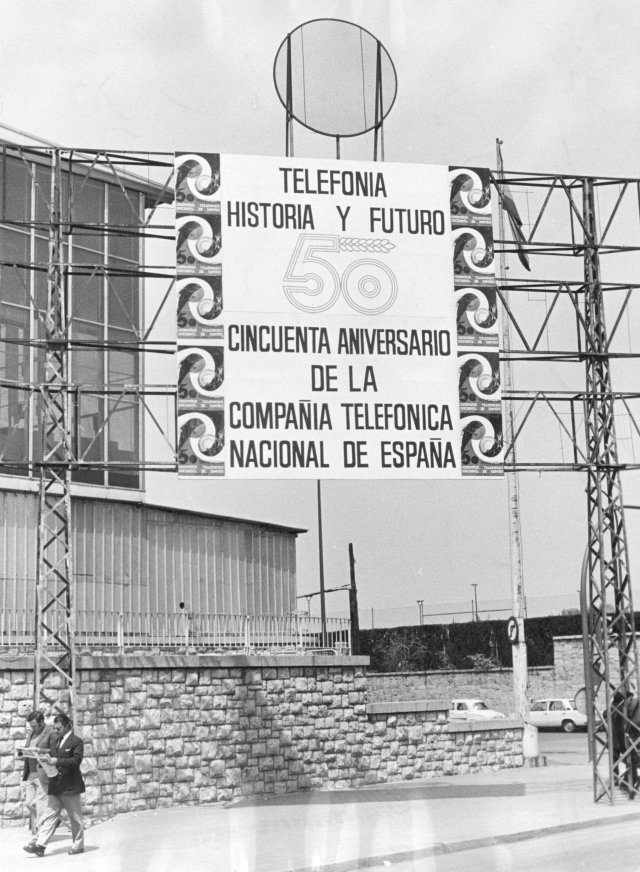
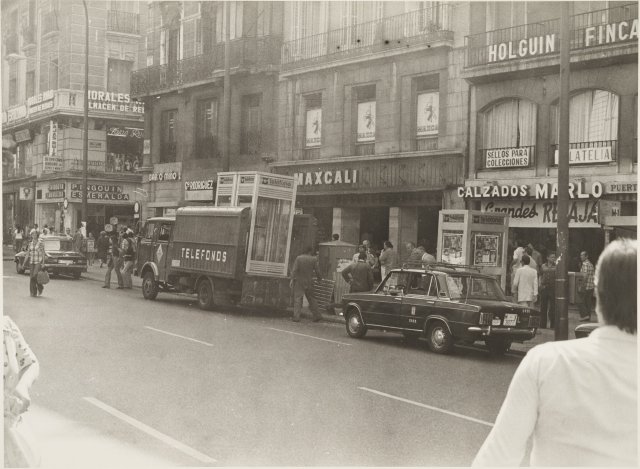

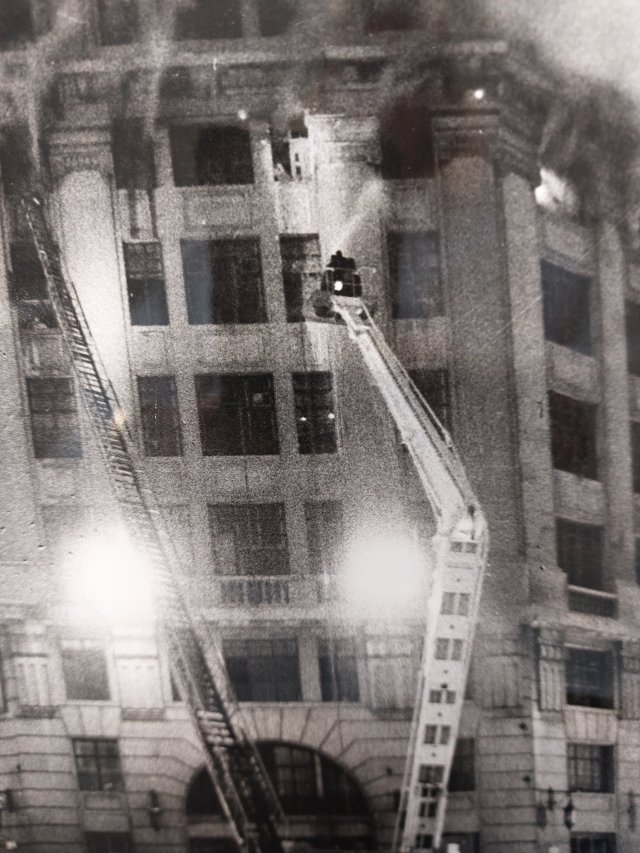
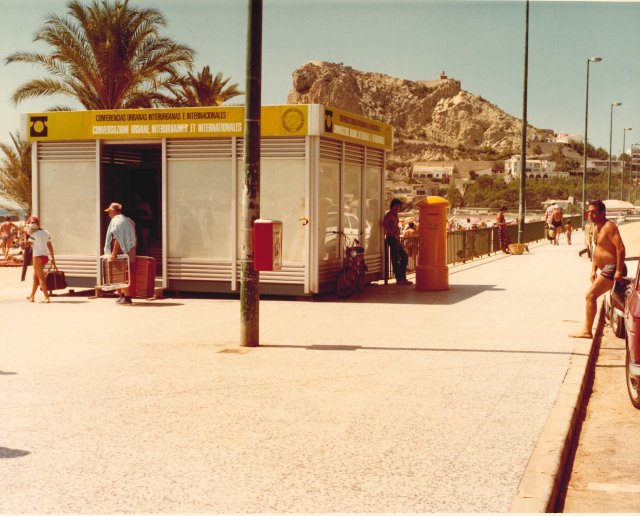
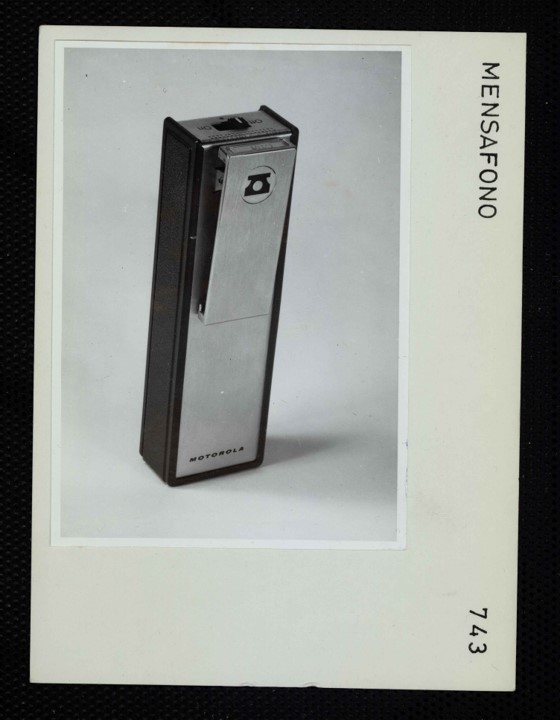
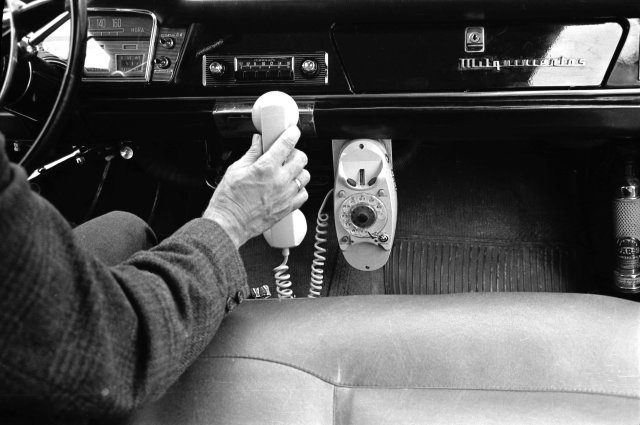
Telefónica’s Centenary
Don’t miss our centenary website, https://www.telefonica100.com.
You can also take a closer look at the series by decade that we are publishing on our blog. The 20s, 30s, 40s, 50s and 60s are already available.
